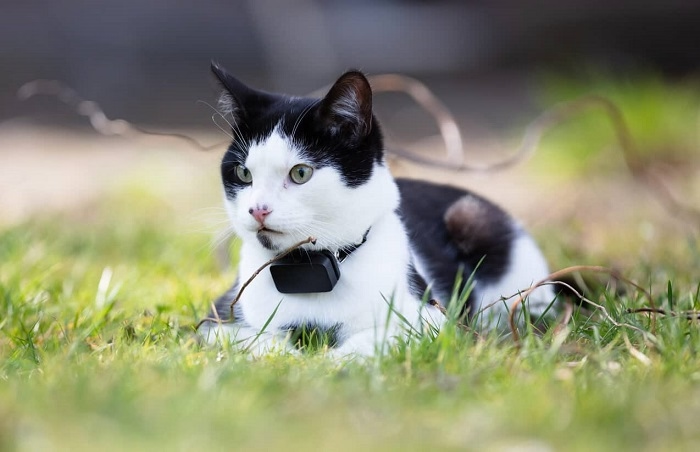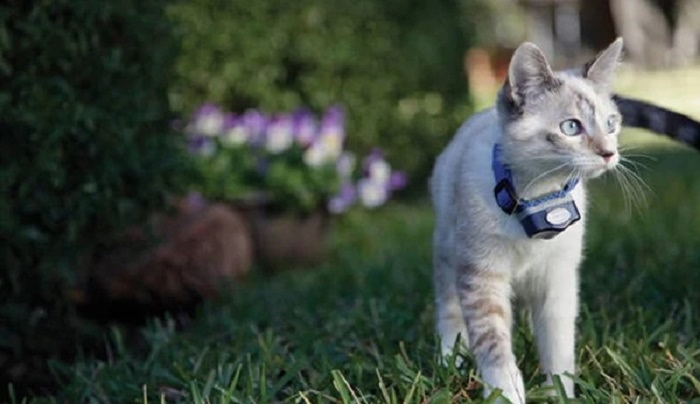When it comes to pet training, shock collars have long been used with dogs. However, the topic of shock collars for cats is controversial and less understood. Some pet owners consider them as a solution for behavioral issues, while others raise serious ethical concerns. Before deciding whether shock collars for cats are right for your feline friend, it’s essential to understand how they work, their potential risks, and available alternatives.
What Are Shock Collars for Cats?

Shock collars for cats are devices designed to deliver a mild electric stimulation to a cat’s neck in response to certain behaviors. These collars are usually triggered either manually by the owner or automatically when the cat exhibits unwanted behavior such as excessive scratching, climbing furniture, or escaping from the yard.
How Shock Collars Work
Most shock collars for cats come with adjustable settings. Owners can choose the intensity of the stimulus, ranging from a vibration or beep to a mild electric shock. The idea is to discourage negative behavior by creating an unpleasant but non-lethal consequence.
Why Some People Use Shock Collars for Cats
There are several reasons why some pet owners turn to shock collars for cats. Behavioral issues can sometimes lead to destruction, safety risks, or even rehoming. In these situations, frustrated owners may feel that traditional training methods have failed, leading them to consider shock collars as a last resort.
Common Behavioral Problems
Owners might use shock collars for cats to address behaviors such as:
- Excessive aggression toward other pets
- Constant meowing or yowling
- Furniture destruction through scratching
- Escaping through doors and windows
- Jumping onto forbidden surfaces
Potential Risks of Using Shock Collars for Cats
While the concept of shock collars for cats might sound practical to some, the risks associated with their use are significant. Cats are far more sensitive than dogs and respond differently to stress and punishment.
Physical Risks
Cats have smaller, more delicate bodies compared to dogs. Even a mild electric shock can cause them physical harm. Risks include skin burns, muscle injuries, and nerve damage.
Emotional and Behavioral Risks
Shock collars for cats can lead to increased fear, anxiety, and aggression. Instead of learning to avoid a specific behavior, a cat might associate the shock with the surrounding environment, people, or other pets, leading to new behavioral problems.
Ethical Considerations of Shock Collars for Cats
The ethics of using shock collars for cats are highly debated. Many animal welfare organizations and veterinarians strongly oppose their use, emphasizing that positive reinforcement is a far more humane and effective method.
What Experts Say
Groups like the American Veterinary Society of Animal Behavior recommend avoiding aversive training methods, including shock collars. They argue that fear-based training damages the bond between pet and owner and can lead to emotional distress.
Alternatives to Shock Collars for Cats

Fortunately, there are many alternatives to shock collars for cats that can effectively manage behavior without causing harm.
Positive Reinforcement Training
Rewarding good behavior with treats, praise, or playtime encourages cats to repeat desirable actions. It’s a method based on trust and mutual respect.
Environmental Changes
Making simple changes to your home can prevent unwanted behavior. For example:
- Adding scratching posts can reduce furniture scratching
- Installing window screens can prevent escape attempts
- Using cat-safe deterrent sprays can keep cats off certain surfaces
Professional Behaviorists
Consulting a certified animal behaviorist can provide customized solutions for complex behavioral issues. These experts use science-backed, humane methods to help cats learn and adapt.
Are Shock Collars for Cats Ever Appropriate?
In extremely rare and specific situations, a veterinarian or behaviorist might suggest a type of remote deterrent, but usually not an actual shock. Vibrating collars or collars that emit a harmless noise may be used in limited cases under professional supervision. However, the use of true shock collars for cats is generally discouraged.
Context Matters
If a cat’s behavior poses a serious threat to its own safety or the safety of others, every alternative should be exhausted first. Only in exceptional, supervised cases should any kind of aversive collar be considered, and even then, a non-shocking option is preferred.
The Future of Training Tools for Cats
As understanding of animal behavior continues to evolve, the focus is shifting strongly toward positive reinforcement and technology that supports humane training. Smart collars with GPS tracking, health monitoring, and sound alerts are becoming more popular, replacing outdated and cruel methods like shock collars for cats.
The Role of Education
Educating cat owners about alternatives plays a huge role in reducing the use of harmful devices. As more information becomes available, the hope is that shock collars for cats will eventually be seen as unnecessary and outdated.
FAQs About Shock Collars for Cats
Are shock collars safe for cats?
Shock collars for cats are generally not considered safe. They can cause physical and emotional harm and are discouraged by animal welfare organizations.
Can a vibrating collar be a safe alternative for a cat?
A vibrating collar, if used properly and under guidance, can be a safer alternative to a shock collar. It still requires careful handling to avoid causing fear.
Do veterinarians recommend shock collars for cats?
Most veterinarians do not recommend shock collars for cats. They encourage positive reinforcement methods and environmental management instead.
What are the best alternatives to shock collars for cats?
Positive reinforcement training, environmental enrichment, and consulting professional behaviorists are the best alternatives to shock collars for cats.
Can shock collars permanently damage a cat?
Yes, prolonged or improper use of shock collars for cats can cause physical injuries and long-term behavioral issues.
While the idea of using shock collars for cats might seem like a quick fix for behavioral problems, the risks and ethical concerns outweigh any perceived benefits. Cats are sensitive, intelligent creatures that respond best to patience, understanding, and positive reinforcement. With humane alternatives available, there’s little justification for subjecting a cat to the fear and pain associated with shock collars. By choosing kindness and education over punishment, we can build stronger, healthier relationships with our feline companions.




